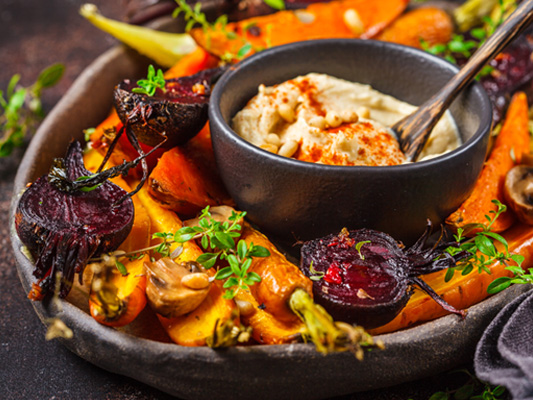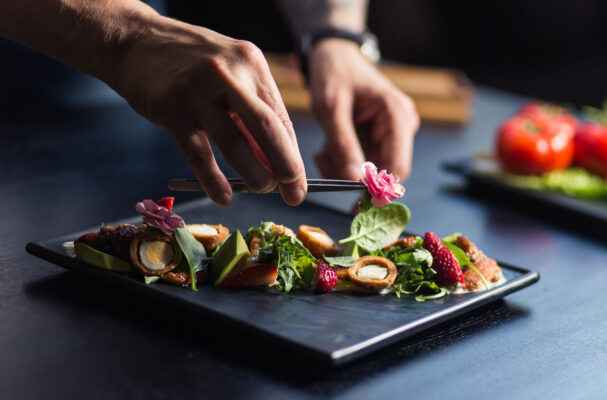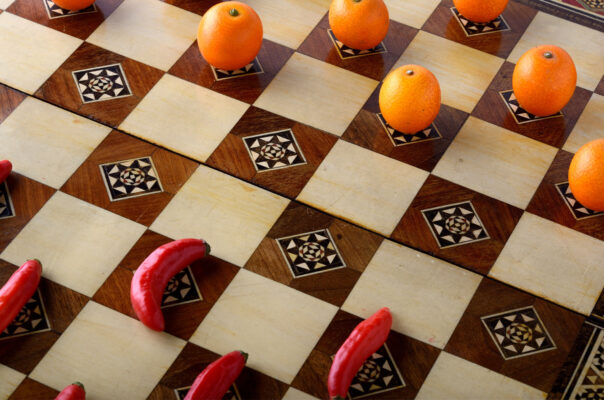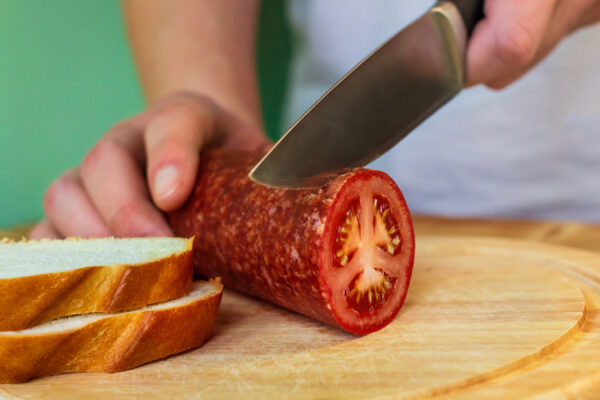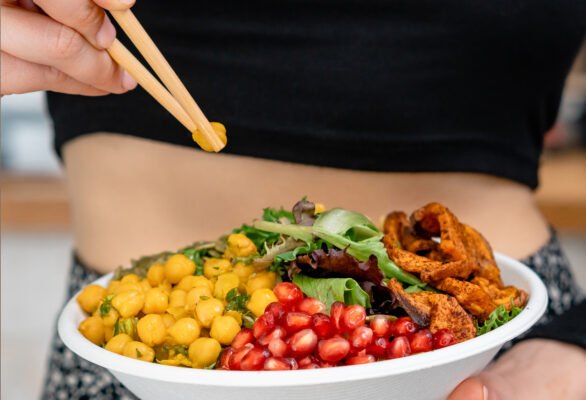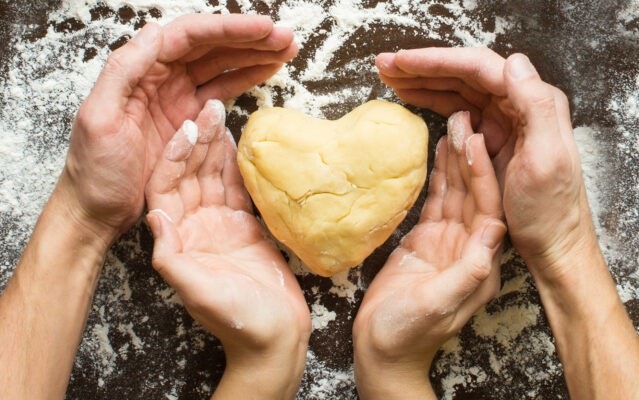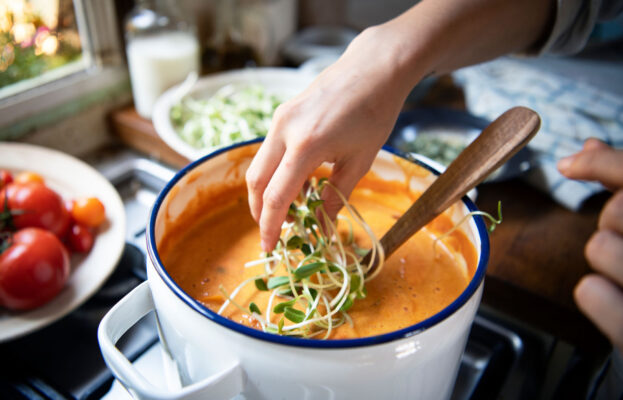Hand to Mouth: Culinary Connections
Once, after an invigorating yoga session, I joined my South Indian friends for a much-needed lunch at a cozy South Indian restaurant. The ambiance was warm and welcoming, and our stomachs rumbled in anticipation. We engaged in spirited conversation, laughing and sharing stories as we eagerly awaited our food.
When the meal finally arrived, a rich array of fragrant dishes adorned the table. I reached for my trusty fork and knife, ready to dive into the delicious feast before me. However, just as I was about to take my move, I glanced up and saw one of my friends expertly gathering a mound of rice in her hand. With a deft motion, she dipped the rice into a luscious sauce-filled bowl and gracefully guided it to her mouth.
My eyes widened in astonishment. I had heard about the culture of eating with hands; I saw it on TV, but never had witnessed it in person, especially haven’t expected to see it here, in the USA. It was a captivating moment that left a lasting impression on me, hinting at the deep connection between food and tradition.
Little did I know that just a few months later, I would find myself sitting cross-legged on the sun-dappled ground under the canopy of trees in an ashram in India. Surrounded by the soothing sounds of nature, I savored each flavorful bite from the very tips of my fingers to skillfully navigate the delightful meal before me.
In that tranquil setting, I felt an intimate bond with the food and a newfound appreciation for the art of eating with my hands. This unforgettable experience not only expanded my culinary horizons but also opened my heart to the beautiful customs and traditions that connect us all through the simple yet profound act of sharing a meal.
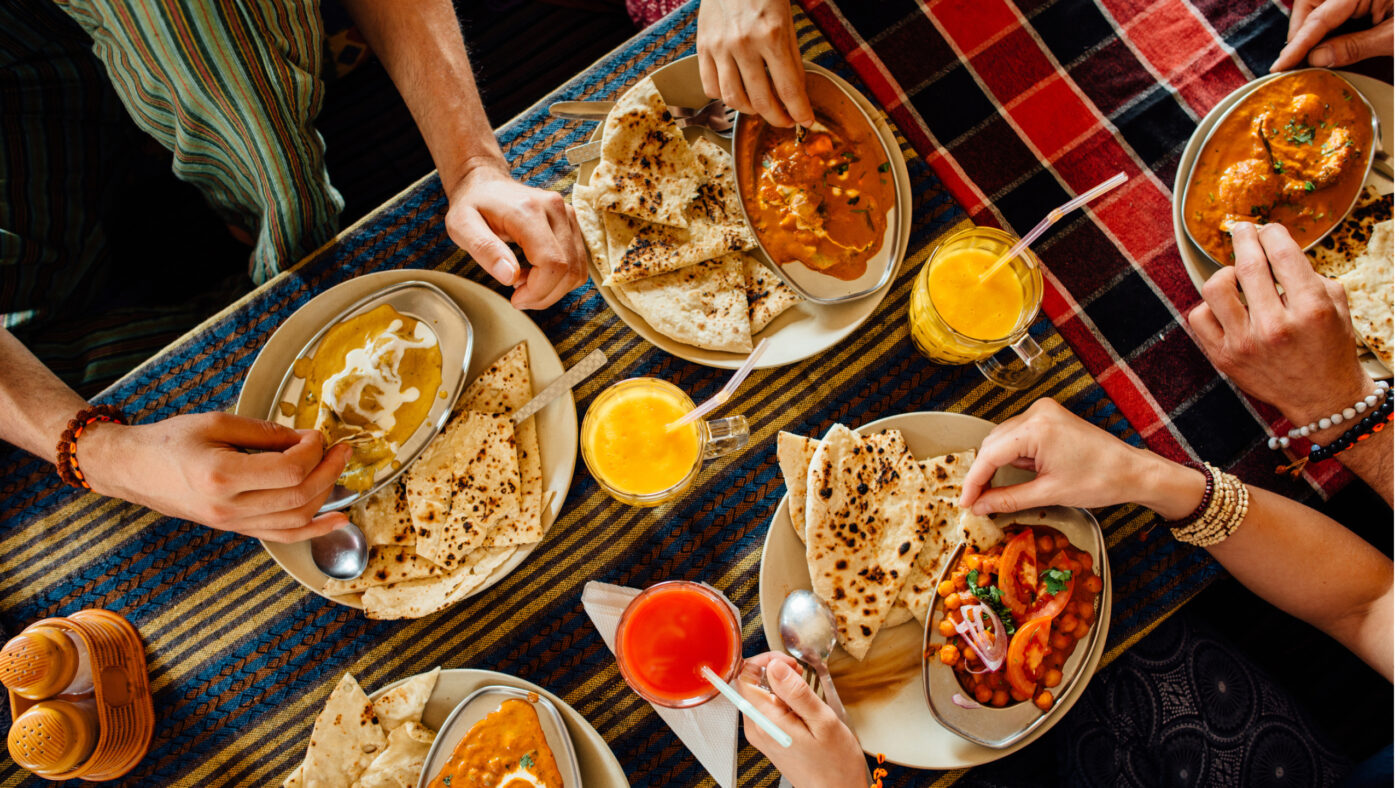
Hands Across the World: A Taste of Cultural Traditions
It’s a big, beautiful world out there, with countless culinary delights just waiting to be discovered. And let’s face it, who doesn’t love getting a little hands-on with their food? Among these abundant expressions of our shared love for food, the ancient art of eating with hands holds a special place in the hearts and histories of countless communities.
From the sun-soaked shores of the balmy Mediterranean to the vibrant, bustling streets of India, eating with hands has a way of bringing people together and creating some truly unforgettable dining experiences. The practice of eating with hands transcends geographical boundaries and unites people in a shared sensory experience. In many parts of Africa, Asia, and the Middle East, this time-honored tradition is deeply ingrained in the fabric of everyday life, with each region adding its distinctive flair and technique to the ritual.
Take India, for example. Here, eating with hands isn’t just a casual way to enjoy a meal – it’s an art form, steeped in spiritual and cultural significance. The elegant technique of “mushti bhojana” involves using just the fingertips, making sure not to let a single grain of rice touch the palm, allowing for a delicate and mindful dining experience. Talk about table manners! This skillful technique reflects the profound respect and reverence for food that permeates Indian culture.
Now, let’s head over to Africa and the Middle East, where the communal dining experience is all about breaking bread – literally. Friends and family gather around a shared platter, using their hands to skillfully scoop up mouthfuls of fragrant stews and vibrant salads. It’s the kind of meal that warms your heart as much as your belly. This hands-on approach to dining fosters a sense of connection and intimacy among people, creating an atmosphere of warmth and camaraderie.
And who could forget the Mediterranean, the birthplace of the beloved meze tradition, where an assortment of small dishes is shared among friends and family? Here, eating with hands is all about dipping crusty bread into a dazzling array of spreads and dips. It’s the perfect excuse to linger over a meal, savoring each bite, sharing stories and laughter over lively conversation.
Eating with hands has captured the hearts (and stomachs) of food lovers around the globe. And as you’ll see, this age-old practice is about so much more than just the food on your plate. It’s a celebration of connection, tradition, and the simple joy of sharing a meal with the ones you love.
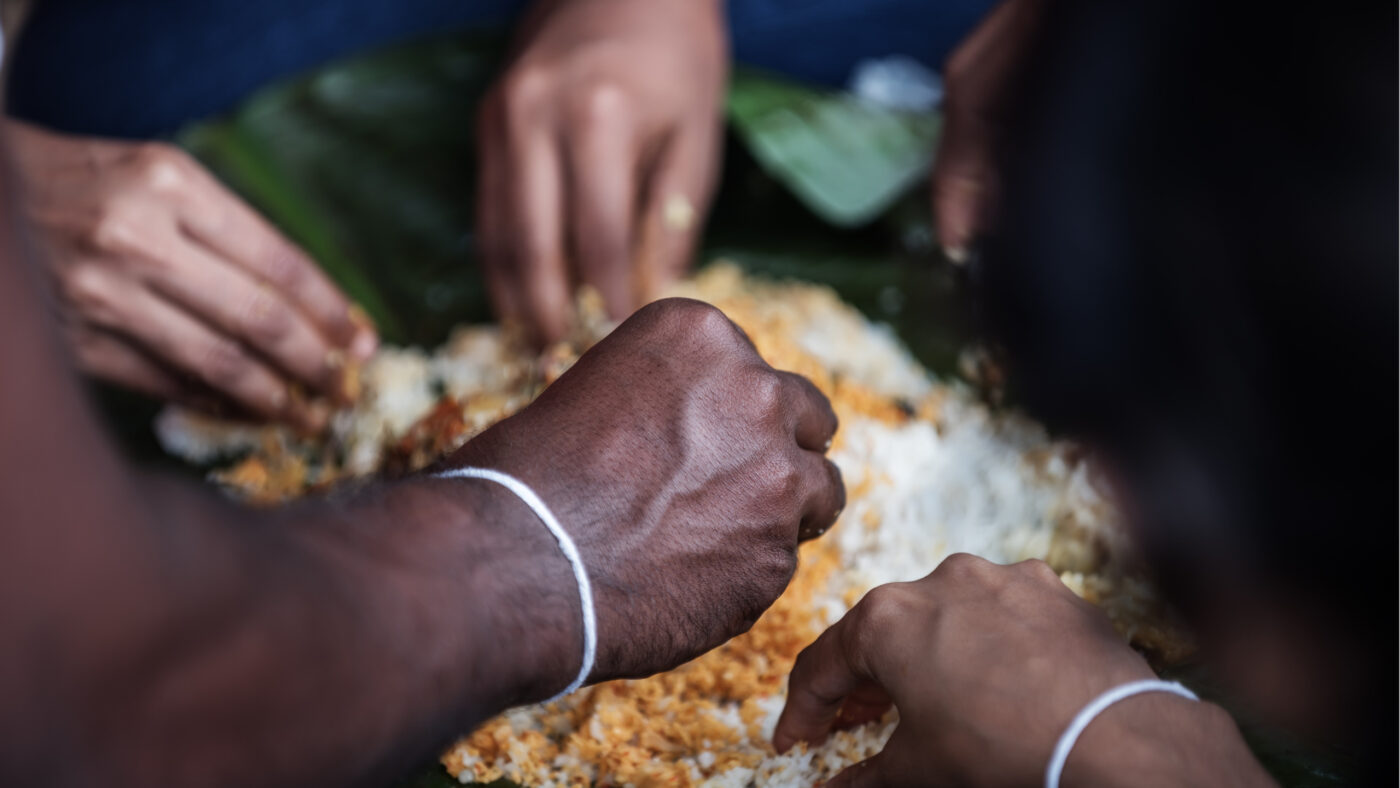
The Touchy-Feely Side of Eating: A Sensory Feast
As we continue to explore the delicious world of hands-on dining, it’s time to get a little touchy-feely – in the best way possible! There’s no denying that eating with hands adds an extra layer of sensory delight to the dining experience. By engaging our sense of touch, we form a deeper connection with the food on our plate and unlock a whole new world of culinary pleasure while satisfying our tactile hunger.
For starters, eating with hands allows us to literally feel the texture of our food – from the warm, comforting softness of freshly cooked rice to the satisfying crunch of a crisp vegetable. It’s a tactile adventure that elevates each bite into something truly special. And as any food lover will tell you, the joy of eating is as much about the textures as it is about the tastes.
But the sensory magic doesn’t stop there! Using our fingers to navigate the meal also engages the brain in ways that simply can’t be replicated with cutlery. Some might even say that it’s a kind of culinary choreography, with our hands guiding us through a symphony of flavors and sensations. It’s a dance that not only heightens our enjoyment of the food but also encourages mindful eating – an essential ingredient for a truly satisfying meal.
Now, here’s where things get a little more intriguing. Some proponents of eating with hands suggest that the practice can even stimulate acupressure points in our palms, which are connected to the digestive system. While there’s limited scientific evidence to back up this claim, it’s certainly an interesting idea to chew on (pun intended!).
What’s undeniable, though, is that eating with hands brings us closer to the food we love. It’s a sensory experience that’s as delightful as it is nourishing – one that reminds us of the sheer joy of savoring every mouthful. So, whether you’re dipping bread into a vibrant Mediterranean mezze or skillfully scooping up an aromatic Indian curry, remember to take a moment to appreciate the magic that happens when we truly get hands-on with our food.
The benefits of engaging our sense of touch while eating go beyond just the sensory pleasures. It’s about deepening our connection to the food, the people we share it with, and the traditions that bring us together. I’m exploring this in-depth here 👉🏻 From Touch to Taste: The Role of Tactile Hunger in Emotional Eating Patterns
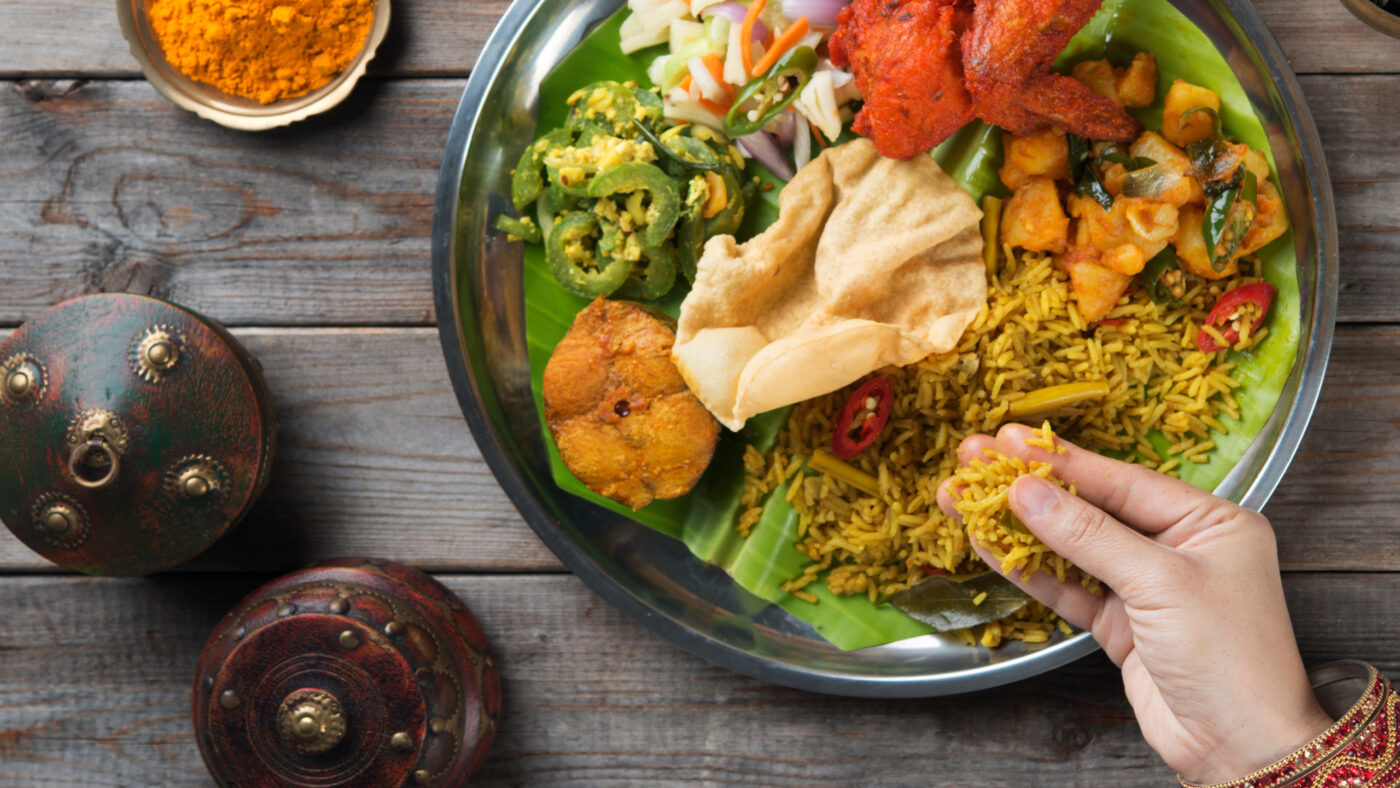
Scooping Up Good Times: The Practical Side of Eating with Hands
Eating with hands is not just about the sensory delights and cultural traditions – there’s also a practical side to this age-old practice. In fact, certain culinary customs around the globe have evolved in such a way that using our hands to scoop, dip, and savor our food is not only enjoyable but downright practical. Let’s take a look at some of these hands-on techniques that make eating a breeze (and a whole lot of fun!).
Picture this: you’re sitting down to a mouthwatering spread of Middle Eastern or Indian cuisine, with a tantalizing array of curries, stews, and salads beckoning you to dig in. What better way to enjoy these sumptuous dishes than with a warm, fluffy flatbread as your trusty utensil? In many regions around the world, flatbreads like naan, chapati, injera, and pita serve as the perfect edible scoop for all manner of saucy, scrumptious delights.
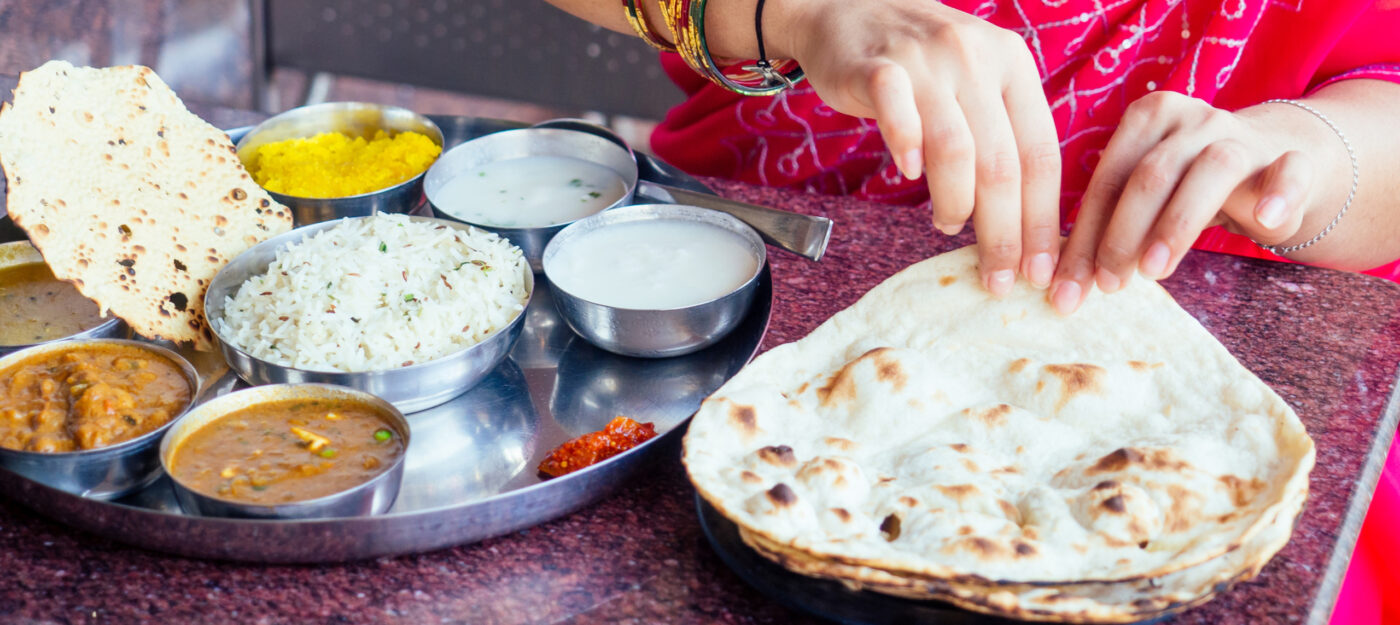
The beauty of using flatbreads in this way is that they’re perfectly designed for the job. Their pliable, slightly absorbent texture makes them ideal for soaking up the rich flavors and sauces of the dishes they accompany, ensuring that not a single drop of deliciousness goes to waste. Plus, there’s something undeniably satisfying about tearing off a piece of bread and deftly scooping up a bite of your favorite dish – it’s like a culinary high-five between you and your food!
But it’s not just flatbreads that showcase the practicality of eating with hands. In many parts of the world, people have developed impressive techniques for skillfully navigating a meal with nothing more than their fingers. Like in traditional Ethiopian cuisine, diners use a spongy, fermented flatbread called injera to pinch and scoop up mouthfuls of fragrant stews and salads, while in South India, the art of “mushti bhojana” sees diners using only their fingertips to delicately handle rice and curries without making a mess.
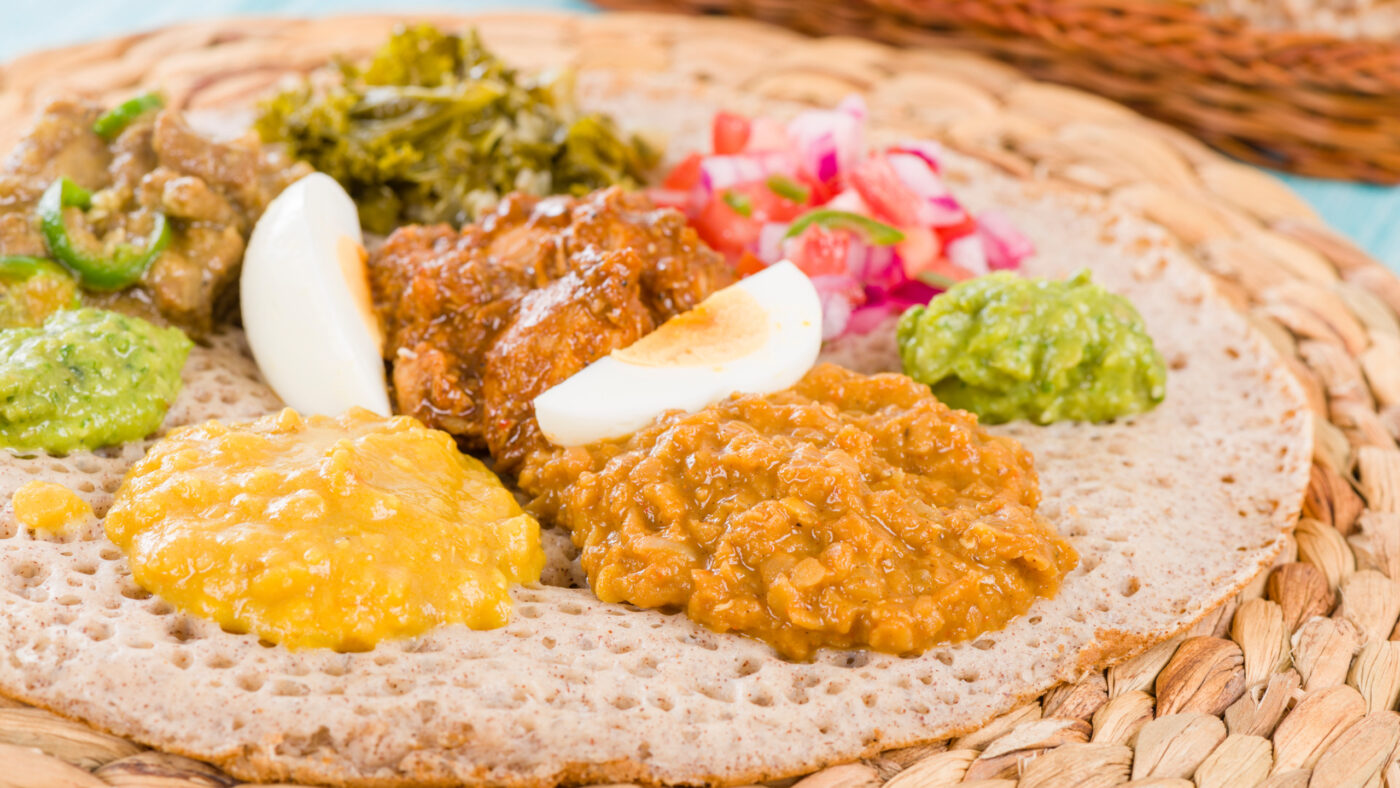
injera
These practical aspects of eating with hands highlight the ingenuity and adaptability of culinary traditions around the world. Not only do they showcase the resourcefulness of our ancestors, but they also remind us that sometimes, the simplest tools are the most effective.
So next time you find yourself with a plate piled high with deliciousness, why not channel your inner culinary explorer and give eating with hands a try? 💦👏🏼 Not only will you be immersing yourself in a rich culture of cultural traditions, but you might also discover that the most practical way to savor your food is, quite literally, right at your fingertips.
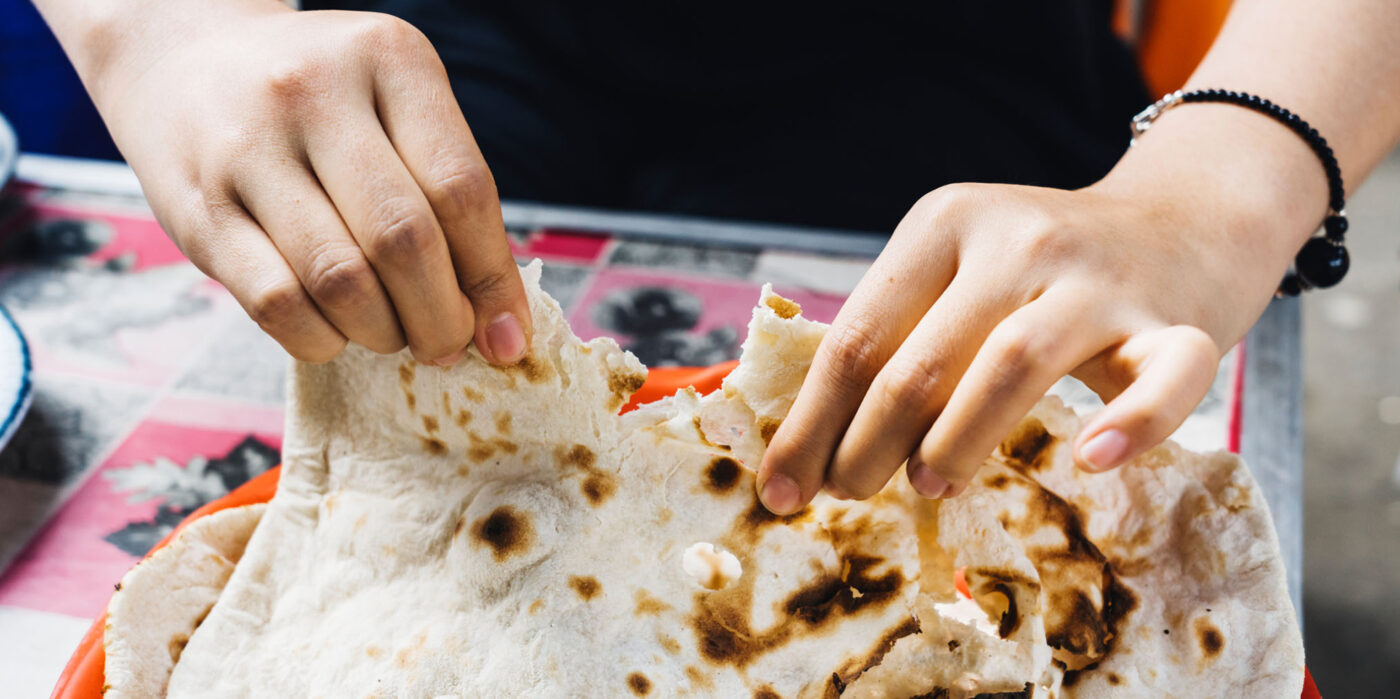
Savoring Every Bite: Mindfulness and Connection through Eating with Hands
Alright now, as we navigate through the enchanting world of eating with hands, we’ve explored the cultural traditions, sensory experiences, and practical aspects that make this practice so special. But there’s another dimension to eating with hands that truly sets it apart – the opportunity for mindfulness and a deep connection to the food we eat.
When we use our hands to eat, we’re engaging in an act that is both primal and profoundly intimate. Touching our food allows us to establish a direct connection with the nourishment we receive, creating a sense of gratitude and appreciation that can sometimes be lost when using utensils. This hands-on approach invites us to slow down, to savor each bite, and to truly be present in the experience of eating.
Think about it: when we eat with our hands, we’re forced to pay attention to the texture, temperature, and consistency of our food. We become more attuned to the subtle flavors and aromas that dance across our taste buds. This heightened sensory awareness encourages us to be more mindful of not only the food we’re eating but also our body’s natural cues of hunger and fullness. It’s like an edible meditation, inviting us to tune into the present moment and enjoy our meal to the fullest.
But the mindfulness and connection that come from eating with hands extend beyond our own plates. In many cultures around the world, communal dining experiences, like those found in African, Middle Eastern, and Indian traditions, emphasize the importance of sharing food with others. As friends and family gather around a shared meal, passing dishes and breaking bread, a sense of togetherness and camaraderie is fostered.
In these moments, eating with hands becomes more than just a culinary practice – it’s a celebration of connection, a reminder of our shared humanity, and a testament to the power of food to bring people together. As we break down barriers and embrace the intimacy of sharing a meal, we’re reminded of the simple, universal truth: that food is love, and love is meant to be shared.
So, whether you’re scooping up savory stews with a piece of warm flatbread or skillfully navigating a plate of rice with your fingertips, you might just discover that the true magic of eating with hands lies not only in the flavors and techniques but also in the mindfulness and connection that it brings to every meal.
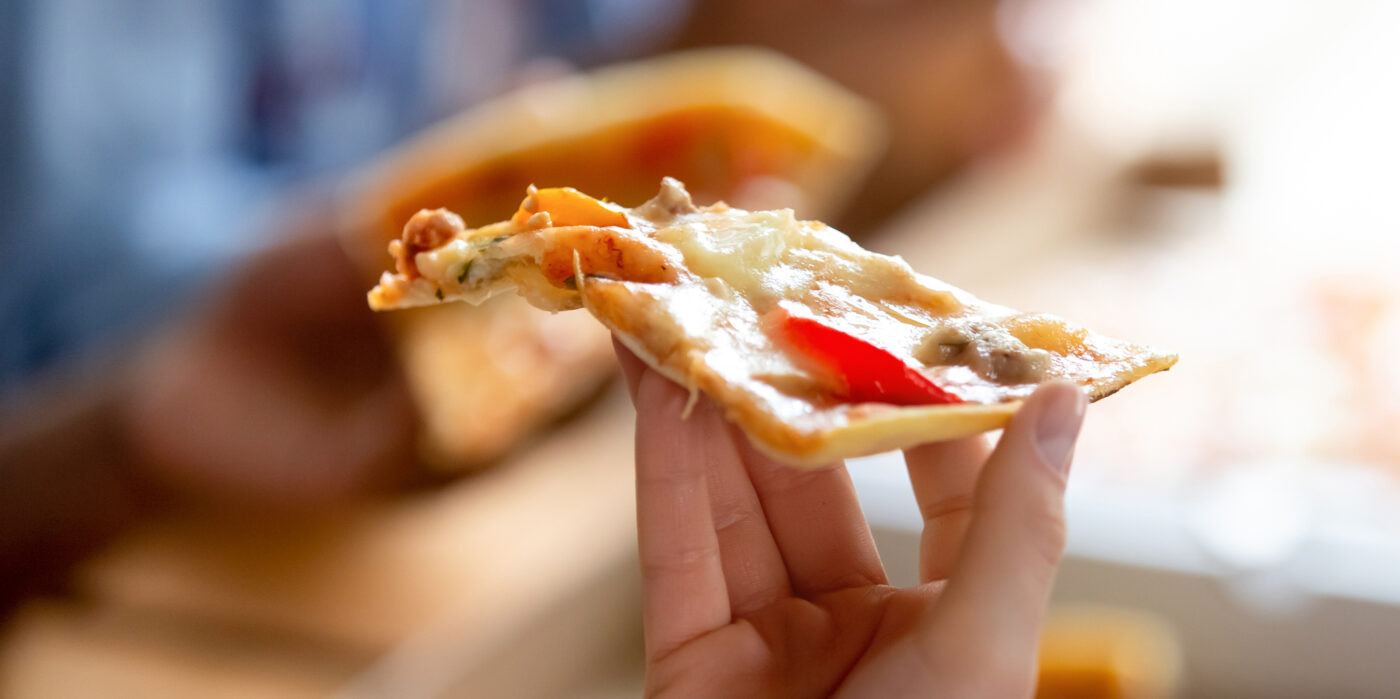
So, it’s clear that this ancient practice transcends mere culinary techniques. It is a universal language, one that speaks to our shared love for food, our connection to each other, and our intrinsic desire for a deeper, more mindful experience of life’s simple pleasures.
The act of eating with our hands invites us to embrace the rich tapestry of culinary traditions that span the globe, to savor the sensory delights that awaken our taste buds, and to engage with our food and each other in a more intimate and meaningful way. It is a celebration of our humanity, a reminder that no matter our cultural backgrounds or geographic origins, we all share the fundamental joy of breaking bread together.
I’m so inspired by the wisdom of our ancestors, who knew the power of touch, connection, and mindfulness long before we did. How amazing it can be if we keep our hearts and minds open to the beautiful customs and traditions that unite us through the simple yet profound act of sharing a meal. And as I navigate the ever-evolving world of food and culture, I always remember the magic that can unfold when we truly get hands-on with the meals we share and the people we cherish.
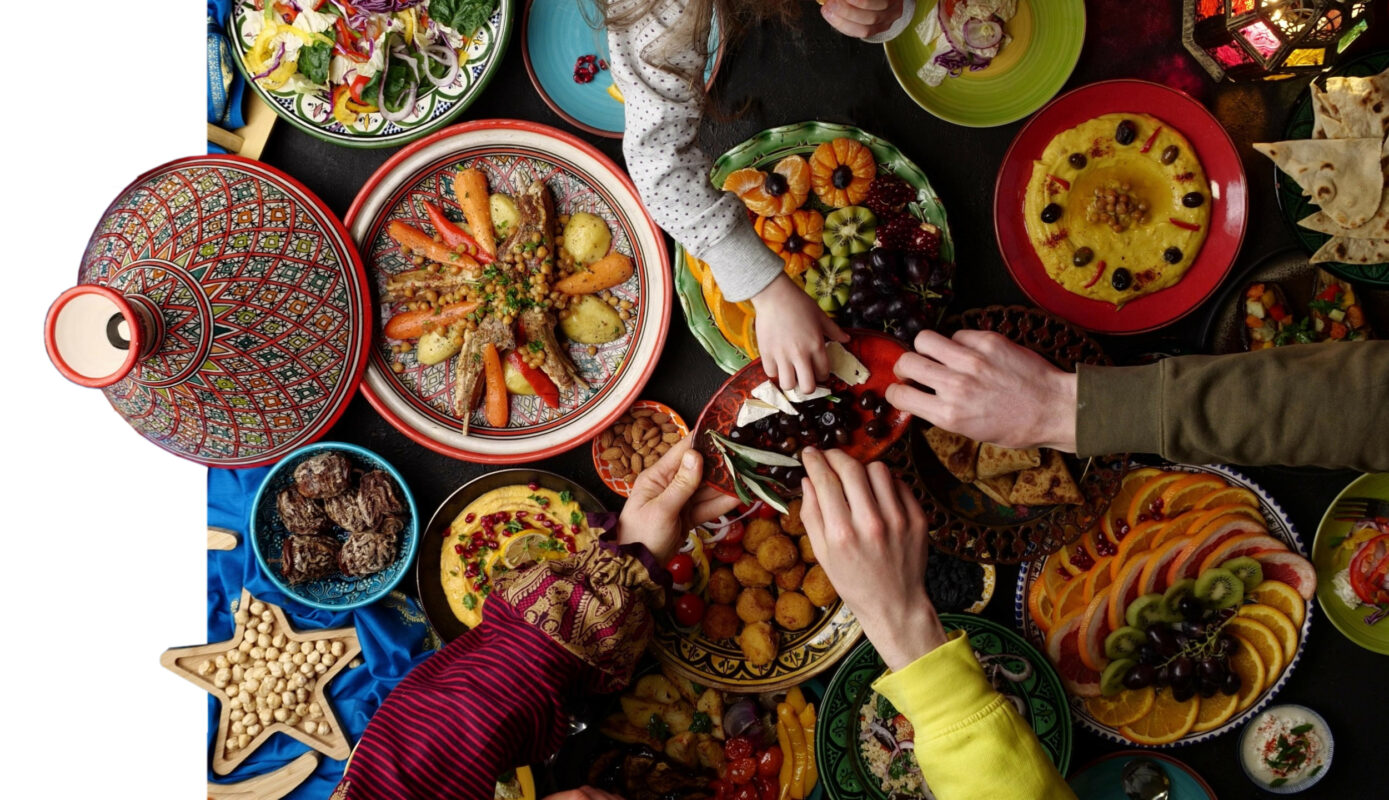
In the end, it is not just about the food we eat, but the stories we tell, the bonds we forge, and the memories we create, one delicious, heartfelt bite at a time.
Activity: Finger Food Fun Try eating a whole meal using only your hands – no forks or knives allowed. If you have kids, they might have a blast doing this too. Remember to wash your hands before and after eating. Provide small bowls of water and a cloth or paper towel for everyone. You might need some extra napkins too!
See how this way of eating affects your focus on the food, your connection with others at the table, and your overall enjoyment of the meal. Does it feel like you’re breaking all the rules from your childhood? Or is it freeing and fun?
Did you ever notice that a lot of skincare products have food names? Some popular creams have flavors like “pomegranate and mango,” “strawberry and guava,” “cucumber and melon,” “vanilla cream,” and “Greek yogurt.” When you put on “coconut body butter” or “peppermint leg gel,” you’re not just touching your skin – you’re also “feeding” it.
PRACTICES
Dining with Your Fingers
Try eating a whole meal using only your hands – no forks or knives allowed. If you have kids, they might have a blast doing this too. Remember to wash your hands before and after eating. Provide small bowls of water and a cloth or paper towel for everyone. You might need some extra napkins too!
See how this way of eating affects your focus on the food, your connection with others at the table, and your overall enjoyment of the meal. Does it feel like you’re breaking all the rules from your childhood? Or is it freeing and fun?
Be Alive 🌱
Love ❤️, Julia
Mindful Eating 🥢
GUIDED MEDITATIONS 💗
DISCLAIMER: The materials and the information contained on the Positive Pranic website are provided for general and educational purposes only and do not constitute any legal, medical, or other professional advice on any subject matter. None of the information on our videos is a substitute for a diagnosis and treatment by your health professional. Always seek the advice of your physician or other qualified health providers prior to starting any new diet or treatment and with any questions you may have regarding a medical condition. If you have or suspect that you have a medical problem, promptly contact your health care provider.



